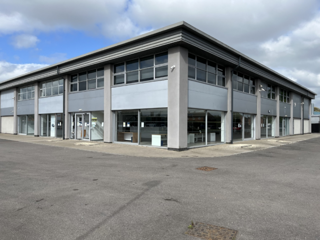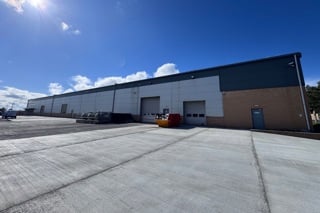Poynton said: “Space is something the motor industry is always in need of. Sometimes to meet these needs we must look at less established locations. The key things are accessibility and main road prominence. Clustering on retail or motor parks is becoming less of a focus.
“Demand is such that we are having to look at non-traditional sites. Residential and retail are traditionally higher-value sites than motoring, but the sector is having to compete for these to get the right sites and the right locations.
“For example, I tried with a developer to unlock a scheme to build a new car dealership where there were 19 residential houses. Eighteen of the home owners signed an agreement for an option to purchase for the developer and the last homeowners would not agree, so that whole deal fell down. You just have to be very patient and keep trying to get these schemes to come together in areas where it is very difficult to secure sites.”
Piecing together sites from several leaseholders is also becoming more common, said Poynton: “Providing A-road prominence can still be achieved, we are having to think more creatively about assembling sites.
“Trying to assemble a site by buying freeholds from several different owners can be more time-consuming and expensive, but if the location is right dealers are just having to pay the price.”
As has already been seen in and around London, one way of unlocking the value of a plot in a high-value area, and making a scheme more economically efficient, is by developing it as a mixed use site, which in some cases, could pay for the dealership itself. Could it become commonplace to see dealerships sharing a plot with residential, industrial and other commercial elements?
Stephens said: “We are in confidential discussions at the moment with manufacturers and retailers on some quite significant sites which will be able take other retail, residential and workspace on them, and the density of development will be considerably more, which will effectively meet the cost of the new dealership. For example, it could be a residential development with a ground floor showroom, basement workshops and parking. It could be a site that the retailer owns and decides to get into bed with a developer.”
Split sites the only option in some locations
Experts are also predicting an increase in the amount of split sites in areas where a lack of space and high land values make grand showrooms unviable. Although not always a popular alternative, many agree that in these areas, it is becoming the only viable option.


















ICEAGE - 19/11/2014 13:35
The price of the property is not the only issue here, try turning your telescope around..... It is the lack of Profit to support the rent that means the business proposition becomes unviable